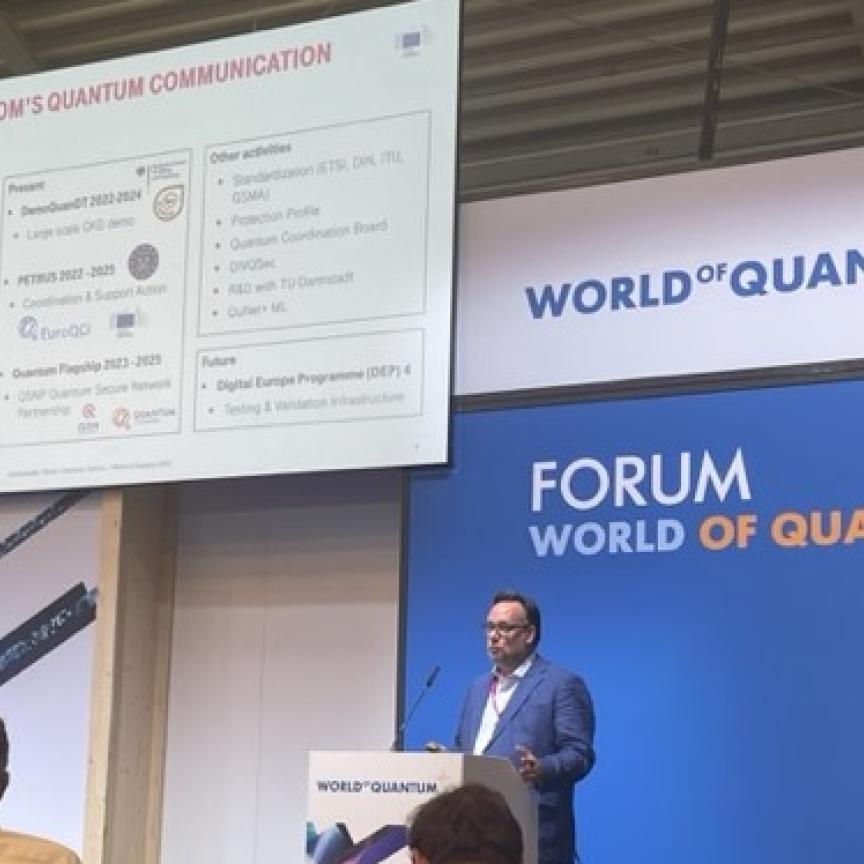Specialist market research firm, LightCounting has released its latest Optical Communications Market Forecast Report which highlights, amongst other key findings, that the loud was a key driver for the optical communications market last year, and, predicts that it is likely to be so again in 2018.
The report provides a detailed market demand forecast through 2023 for optical components and modules used in Ethernet, fibre channel, SONET/SDH, CWDM/DWDM, wireless infrastructure, FTTx, and high-performance computing (HPC) applications, using key inputs such as an analysis of the business and infrastructure spending of the top 15 service providers and leading internet companies and sales data from 2010 to 2017 for more than 30 transceiver vendors, including more than 20 vendors that shared their confidential sales information. The forecast is based on LightCounting’s proprietary forecast model, which correlates transceiver sales with network traffic growth and the projected deployments of LTE and FTTx systems for broadband access.
The report states that demand for 100GbE transceivers from operators of mega data centres in the United States remains strong and cloud companies in China are starting to deploy this technology as well. Sales for 400GbE optics are also expected to expand the cloud market segment (including in China) from approximately $2 billion in 2017 to more than $6 billion in 2023.
Decline in the rest of the market in 2017, said the publication, was put down, mainly, to weaker than expected sales of optics to Huawei and ZTE, including those sold for deployments in. Suppliers of optical components and modules first reported sharp drops in sales to these customers in March of 2017, related to excess inventory accumulated by Huawei and ZTE in 2016. Most of the excess inventory was depleted by the end of 2017, but suppliers continue to report slower than expected business with these Chinese customers. Of course, the recent ban on sales of US-made products to ZTE has created further confusion, however, LightCounting noted that top-ranking US government officials are heading to Beijing to attempt to resolve the trade disputes.
The current forecast for sales of optics to China in 2018 assumes the best-case scenario for resolving the situation with ZTE and Huawei, which account for about 50% of the global sales of telecom optical networking equipment. Needless to say, sales of optics used in telecom equipment will drop sharply in 2018 should the trade war be prolonged, as many projects will be delayed. The long-term market forecast, says the report, is unlikely to change.
In another recent report, LightCounting’s Quarterly Market Update cited 2017 as a record year for revenues in the optical components industry, despite components vendors experiencing decreased demand for various products in 2017 (see 2017 a ‘record year’ for optical components revenues, cause for optimism in 2018, says Lightcounting).

